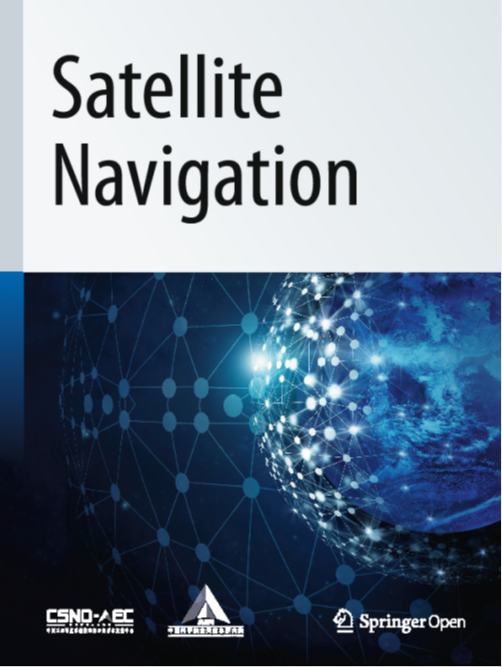Rapid early afterslip characteristics of the 2010 moment magnitude (Mw) 8.8 Maule earthquake determined with sub-daily GPS solutions
IF 10.1
1区 地球科学
Q1 ENGINEERING, AEROSPACE
引用次数: 0
Abstract
Ground surface deformations can be observed during the coseismic and postseismic periods. The accurate determination of displacements is of paramount importance for the assessment of the destructive power of large earthquakes and the characterization of fault behaviors. Therefore, we employ the sub-daily Global Positioning System (GPS) solutions at 19 GPS stations to determine the coseismic and postseismic deformations of the 2010 moment magnitude (Mw) 8.8 Maule earthquake. Using sub-daily GPS data, we can accurately measure both coseismic and early postseismic deformation signals, which can precisely identify the distribution of coseismic slip and the spatiotemporal evolution of early afterslip within the first 36 h. In particular, the sub-daily solution can provide more accurate and quicker results, nearly 10% smaller than those with the daily solution. Furthermore, there is significant ground motion in the immediate postseismic period, which decreases rapidly thereafter. The largest postseismic deformation observed during the first 2 h occurred at station CONZ and amounted to 3.6 cm. During the immediate postseismic period of the 2010 Maule earthquake, afterslip is the dominant mechanism, while poroelasticity plays a negligible role within the first 36 h. Meanwhile, early aftershocks tend to occur in the boundary and the inner part of the afterslip, indicating that the afterslip has the potential to drive the occurrence of aftershocks in the initial stages of postseismic activity.利用次日全球定位系统解决方案确定的 2010 年矩震级 (Mw) 8.8 级毛雷地震早期快速后滑动特征
地表变形可在共震期和后震期观测到。位移的精确测定对于评估大地震的破坏力和断层行为特征至关重要。因此,我们利用 19 个全球定位系统(GPS)站点的次日全球定位系统(GPS)解决方案来确定 2010 年矩级(Mw)8.8 莫尔地震的震中和震后变形。利用次日全球定位系统数据,我们可以精确测量共震和早期震后变形信号,从而精确确定前 36 小时内共震滑移的分布和早期后滑移的时空演变。此外,震后初期有明显的地面运动,随后迅速减小。震后 2 小时内观测到的最大变形发生在 CONZ 站,达 3.6 厘米。同时,早期余震往往发生在余震滑坡的边界和内部,这表明余震滑坡有可能在震后活动的初始阶段推动余震的发生。
本文章由计算机程序翻译,如有差异,请以英文原文为准。
求助全文
约1分钟内获得全文
求助全文
来源期刊

Satellite Navigation
Multiple-
CiteScore
19.40
自引率
6.20%
发文量
25
审稿时长
12 weeks
期刊介绍:
Satellite Navigation is dedicated to presenting innovative ideas, new findings, and advancements in the theoretical techniques and applications of satellite navigation. The journal actively invites original articles, reviews, and commentaries to contribute to the exploration and dissemination of knowledge in this field.
 求助内容:
求助内容: 应助结果提醒方式:
应助结果提醒方式:


